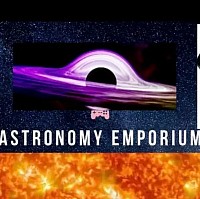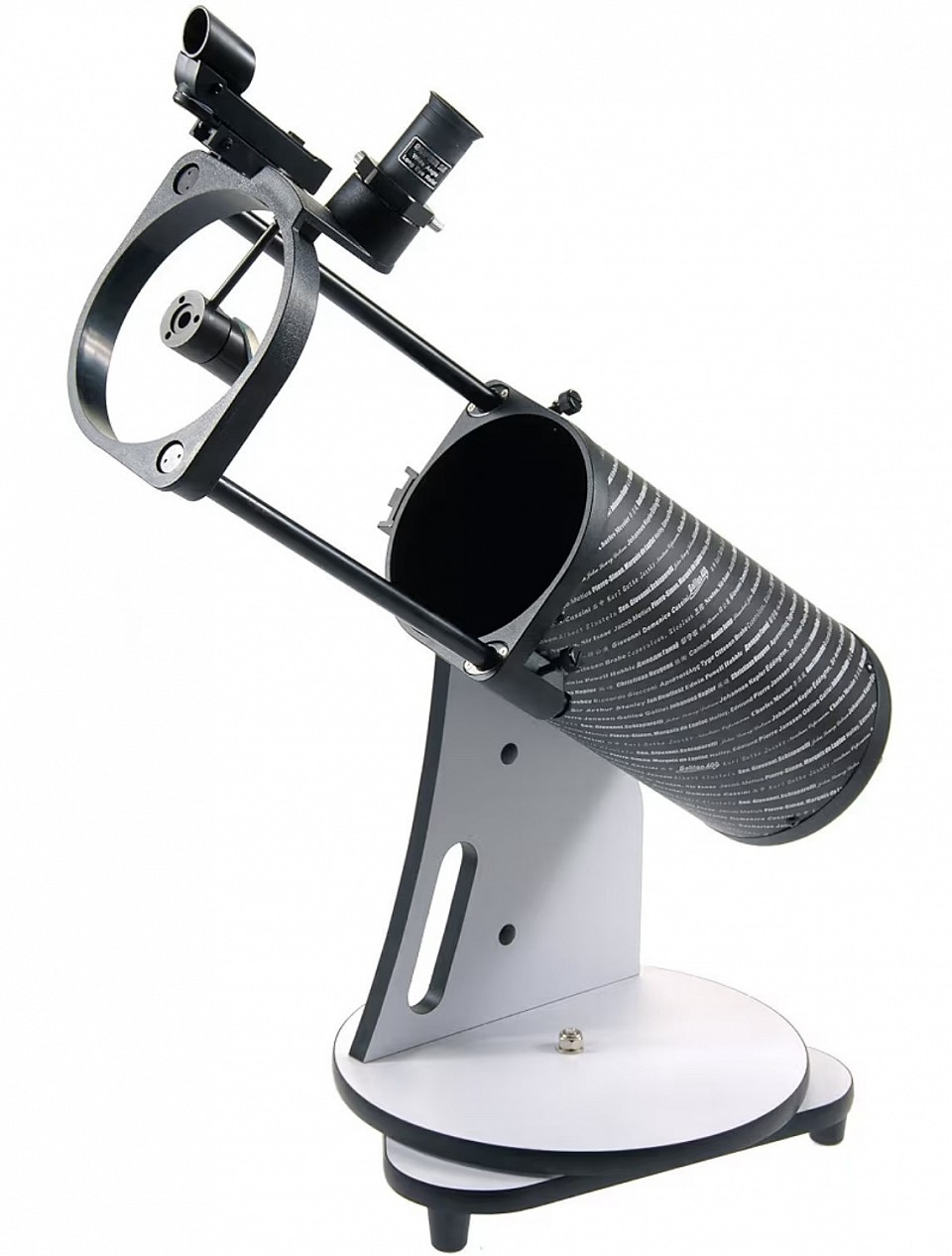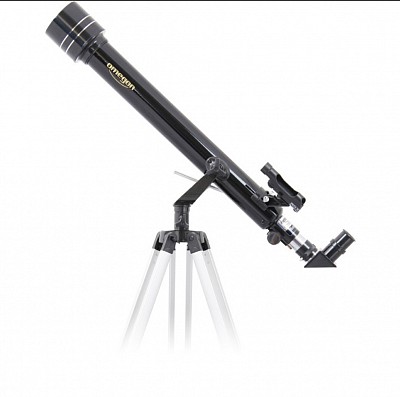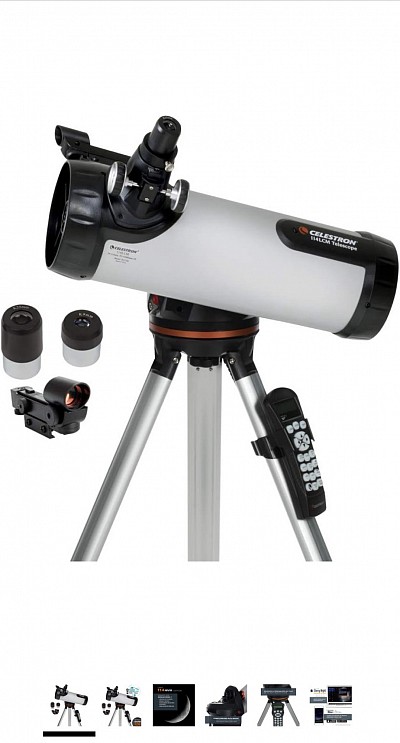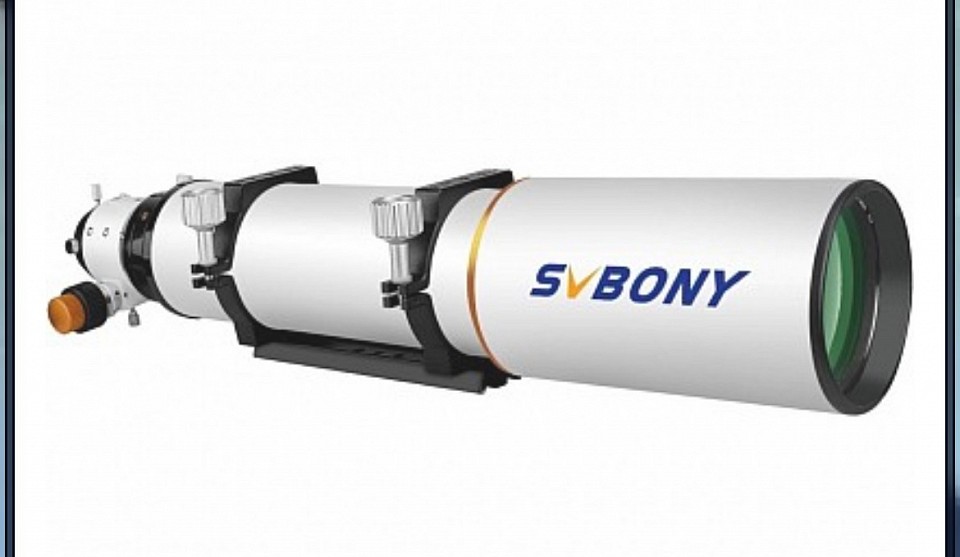More Great Telescopes for Sale – UK Astronomy Gear for Every Budget
Why its great
- 130mm aperture gathers a ton of light—great for viewing nebulae, galaxies, and the Moon.
- Compact FlexTube design folds down small for travel or storage.
- Very beginner-friendly: No alignment hassles.
Pros:
✅ Excellent light-gathering for the price
✅ Collapsible + portable
✅ Easy to set up and use
Cons::
❌ Needs a table or raised surface
❌ Manual tracking—no motorized features
👉 Check price on Amazon UK
👉 Check price on Astroshop
🔭 Sky-Watcher Heritage 130P
“At this price point, the Heritage 130P is unbeatable. You get Dobsonian simplicity and real deep-sky performance — ideal for beginners.”
— from an experienced stargazer on Reddit
____________________________________________
Highly recommended Telescopes under £100 for Children and adult Beginners
🔭 Featured Telescope
#1⭐ Perfect First Telescope for Kids!
Omegon Telescope AC 60/700 AZ-1📸
🔍 Key Features:
- 60mm aperture with 700mm focal length
- Lightweight AZ-1 mount for easy movement
- Includes tripod and accessories Ideal for observing the Moon, planets, and bright stars.
💬 Why We Recommend It:
A fantastic entry-level telescope designed for curious young stargazers. It’s simple to use, well-built, and comes at a great price.
- 🎯 Perfect For: Kids aged 8+, families, first-time stargazers
- 🎁 Included: Eyepieces, finder scope, tripod, and instructions.
- Coming in at under £100!
This is an absolute bargain Telescope for beginners.
⭐️⭐️£85 including the VAT⭐️⭐️
____________________________________________🔭 Celestron 31150 LCM 114 Series – Computerised Stargazing on a Budget
The Celestron 31150 LCM 114 Series
An ideal first scope for beginners under £300, with motorised tracking for effortless sky exploration.
⭐ Why It Stands Out:
- Motorised GoTo Mount: Automatically tracks objects across the night sky
- Reflector Design: Captures more light for brighter, clearer views
- SkyAlign Technology: Aligns in minutes with just three stars
Explore Planets & Deep Sky: View Saturn’s rings, nebulae, and distant galaxies
👤 Who It’s For:
✔️ Beginners who want tech-assisted stargazing
✔️ Users looking for more than a manual telescope
✔️ Anyone wanting to learn the night sky faster
📊 Ratings:
Value for Money: ★★★★☆ (4.5/5)
Overall Rating: ★★★★☆ (4.2/5)
- 🎯 View Price on Astroshop →
- ✨ (Add a flashing button here: “Motorised Favourite” or “GoTo Pick”)
Are You Ready to Advance Your Skills in Astrophotography?
Svbony SV503 ED Telescope, 102F7 Achromatic Refractor,
Extra Low Dispersion, Dual-speed RAP Focuser, Telescope OTA for Astrophotography and Visual(102mm
BrandSVBONYModel nameSV503 102F7Optical tube length853 Millimetres
Eye piece lens description
Barlow lens diameter102 Millimetres
Telescope mount description standard tripod interface
Achrochromatic refractor; SFPL-51 ED lens; Lanthanum glass and spaced doublet lens structure ensure particularly true color and high-contrast image Crisp Image; FMC ultra wide band multi-layer coating technology; 102mm aperture optics and retractable lens hood deliver bright wide-field images with sharp resolution.
Precise focusing; The rack and pinion dual speed RAP focuser with 1:10 gear ratio provides optimal focus control with no backlash or image shiftHumanization design; Focusing wheel 360° rotation can move from right to left that is perfect for astrophotography; 2 inch to 1.25inch adapter can connect with 1.25in or 2in accessories
Package includes; 102mm refractor OTA; 2inch to 1.25inch adapter; metal hoop and dovetail; objective focuser wheel cover; dust cover
comes in at under £600
Astrophotography is the practice of capturing images of celestial objects using a camera and a telescope or camera lens. It involves long-exposure photography to collect light from faint astronomical objects.
Key Equipment
1. Camera: A DSLR or mirrorless camera with manual settings is common. Some astrophotographers use dedicated astronomy cameras.
2. Telescope or Lens: Telescopes with tracking mounts or camera lenses with wide apertures are used to gather light and detail from celestial objects.
3. Mount: Equatorial mounts with motorized tracking are crucial for compensating Earth’s rotation, allowing for longer exposure times without star trailing.
4. Guiding System: For precise tracking, an autoguiding system helps maintain accurate alignment during long exposures.
5. Filters: Light pollution and narrowband filters enhance image quality, isolating specific wavelengths of light.
6. Remote Shutter Release: Reduces camera shake during long exposures.
7. Power Supply: Ensure a stable power source for the camera, mount, and other devices.
8. Software: Image processing software like Adobe Photoshop or dedicated astrophotography tools is used to enhance and finalize images.
Astrophotography requires patience, skill, and an understanding of astronomical objects and camera settings. It’s a rewarding but challenging hobby that allows enthusiasts to capture the beauty of the night sky in stunning detail.
